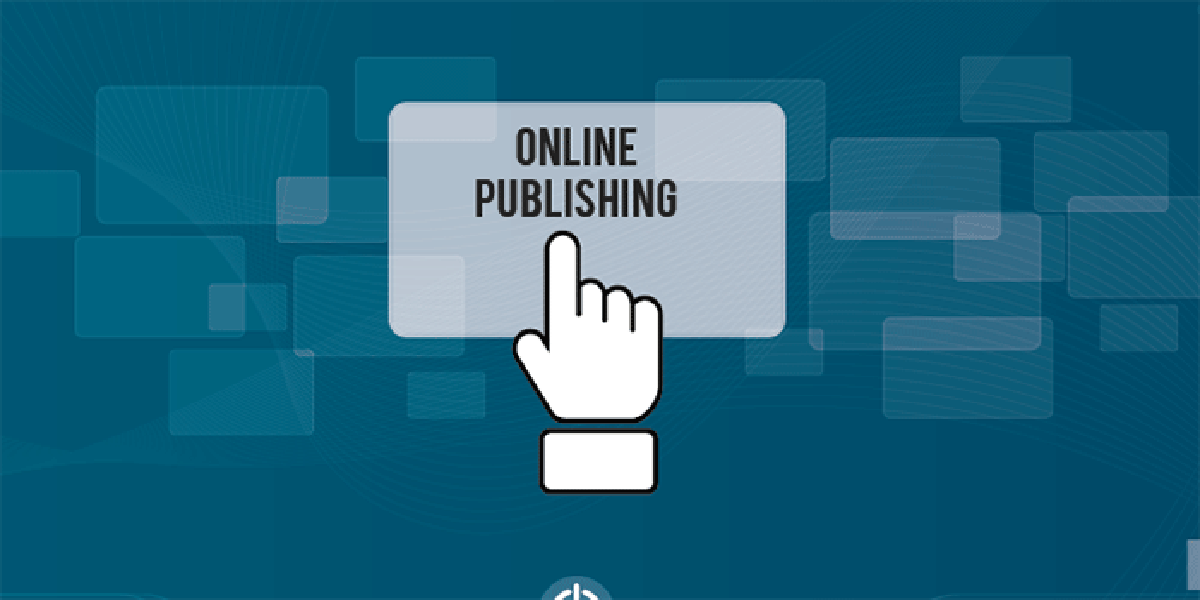Publications play a major role in scholarly communication in the social sciences, wherein data is a crucial factor. The entire process of conducting and disseminating social science research includes creating a project plan, collecting and interpreting data, writing the manuscript, journal submission, peer review, publishing the article, and its consumption by readers. However, the entire process is time consuming. Not to forget the time spent in revising and resubmitting to the journal if required. Moreover, the existing information systems and tools are inadequate for supporting this process and making it less tedious. The system is somewhat prone to incoherence, thus resulting in loss of data and incompetency, even more so when multiple authors are involved. These systems have several limitations. The word processors used cannot directly access the data. No platform is available for authors to access and implement reviewer feedback, and only document formats are available in open access web publishing, which overlook the accessibility and interactivity of the Web. Thus, readers perceive and draw conclusions based on the restricted scope of the incompletely available data selected by the author.
The Web technology can be used to overcome these limitations. Several preliminary tools are available for publishing social science-related data on the Web. However, these tools have not been integrated for writing, reviewing, and publishing articles. The Opening Scholarly Communication in Social Sciences (OSCOSS) project, funded by DFG, is proposed for implementing the aforementioned tools for research in social sciences. OSCOSS proposes a platform that integrates the existing data and publication management, which can be utilized by publishers to assist authors, reviewers, and readers, thereby improving the publication process.
The OSCOSS project intends to provide support at the following stages:
- Write a scientific paper
- Collect data on existing publications
- Interpret and include the data in a paper
- Submit the paper for peer review
- Review the paper,
- Publish an article,
- Facilitate its consumption by readers
The proposed system will initially be provided to readers, authors, and reviewers as an alternative and then be allowed to obtain wider acceptance. It will gradually replace the current publication process of our journals. The adoption of this process will enable open access social sciences journals to be more reusable. This method could be used as a potential incentive for encouraging more journals to allow open access to all.

